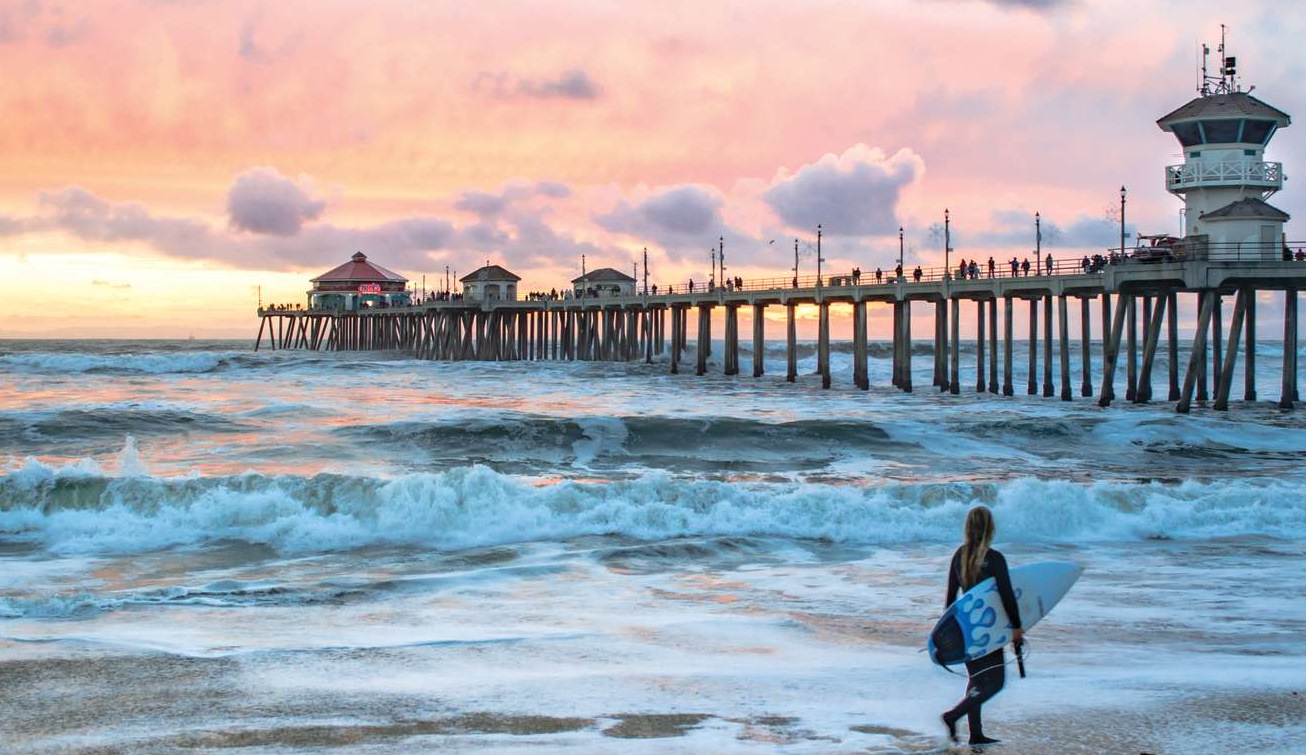Surfboard Fins: What You Need to Know
- Written by News Company

Any surfboard will not be complete without surfboard fins. Its construction, designs, and how it feels are all essential to the surfboard. Located at the bottom or under the surfboard, its purpose is to provide grip and steer the board. You can find them in different materials, sizes, and connecting mechanisms. All surfboard fins have the same purpose, but the difference in rake and flex can alter its performance. However, only an expert can see this difference.
What Surfboards Fins Are Made Of
First surfboard fins are made from wood or glass and are directly attached at the bottom of the board. These fins looked good, and it provided the lift and drive needed to power the surfboard. They are rigid and fixed, so they were excellent for straight lines but are challenging to steer during turns. The introduction of composites and plastics paved the way for improvements in surfboard fins. Now there are varied types of surfboard fins that surfers used, and each of them has its own merits.
Nowadays, surfboard fins are more advanced and can make a difference to the boards depending on the rider’s techniques and ability. The beginner boards usually have plastic surfboard fins, but you can upgrade them to more substantial, harder, softer, or smaller fins depending on your style of riding. They are classified into different types, and you can choose the material with consideration of where you are going to use them.
Different Elements of Fin Design
These are the standard terms that you will encounter when you are selecting your surfboard fins. These elements of fin design affect the performance of the surfboard.
Toe
The toe refers to the angle of the fin (box) with the center of the stringer. If you have side fins, they are called toe-in. This means that the front of the fin is turned in much closer to the stringer. When surfing, toe-in causes the water to pressure the outside of the fins and makes the board more responsive to the user.
Cant
This refers to the angle that the fins make with the surfboard’s bottom. A fin that sticks straight up and perfectly perpendicular to the board’s base contour has no cant. The canted fins point outwards in the direction of the board’s rails. When you increase the cant of the surfboard, it makes it more responsive with turns, and reversing it closer to 90 degrees makes the surfboard faster, particularly when traveling a straight line.
Foil
The surfboard fins are shaped for aerodynamics from its edge down to the backside, with the middle the thickest and tapering towards the end. This is called foil, and it has a significant impact on how the water flows under the board. Fins are foiled on the sides to create a lift and help propel the board through different wave conditions.
Rake
The rake refers to how far back the fins curves to its base. A fin with a small rake can propel the board faster and makes it reasonably stable while fins with large rake provide a tighter turning radius with not much stability.
Flex
Another design element you have to remember is flex. This refers to the stiffness of the fin and matters on how the surfboard handles itself in water. Beginners can have stiff fins, but as your skills progress, you might need to gravitate towards flexible fins for better turns
Height or Depth
The height of the fins matters because it affects the way the board will grip water as it turns, and it will also determine the stability of the board. Taller fins can grip more water and provides the rider with better control.
Surfboard fins affect the performance of the boards and the riders. Always check our site for more advice on surfboard fins and guide to help you choose the best.













